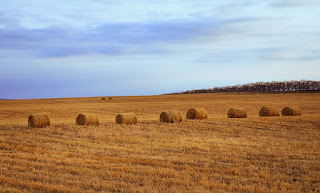ROLE OF GOVERNMENT IN HEALTH
NCERT TEXTBOOK QUESTIONS WITH ANSWERS
Q1: In this chapter you have read that health is a wider concept than illness. Look at this quote from the Constitution and explain the terms ‘living standard’ and ‘public health’ in your own words.
An important part of the Constitution says it is the “duty of the State to raise the level of nutrition and the standard of living and to improve public health.”
Answer: Living Standard: is the environment, the atmosphere built across the surroundings of people
living in different regions.In well constructed urban areas standard of living is far better in
comparison to underdeveloped rural areas.Clean, pollution free surroundings lead to good living standards.
Whereas living in regions of dirty, poor sanitation, dusty lands leads to poor living standards.
Public Health: It is the wellness of all people, whether rich or poor, educated or uneducated, man or woman etc. to remain healthy and free of any disease. Right to life is everyone's right without any discrimination. That is why it is named as "public" health and every individual can have the facilities given by the government in this respect.
Q2: What are the different ways through which the government can take steps to provide healthcare for all?Discuss.




















